
The following calculator makes it easy for homeowners to see how quickly they will pay off their house by making additional monthly payments on their loan. Simply enter the original loan term, how many years you have remaining on the loan, the original mortgage amount, the interest rate charged on the loan & the amount you would like to add as an extra payment to each monthly payment.
The following table shows current Fairfield 30-year mortgage rates. You can use the menus to select other loan durations, alter the loan amount, change your down payment, or change your location. More features are available in the advanced drop down.
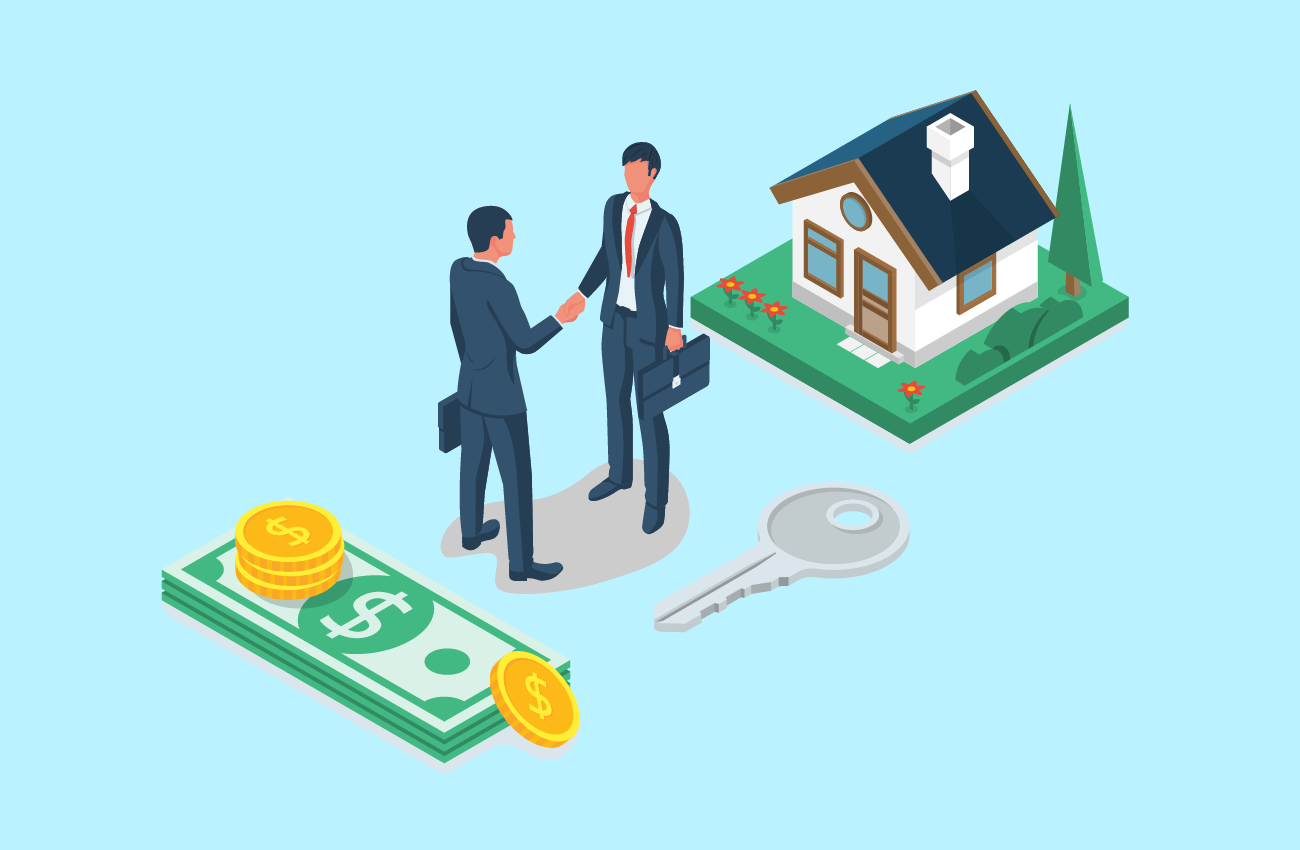
For the average consumer, a mortgage is an investment that takes time to pay off. Paying a 30-year fixed rate loan takes commitment. It entails managing your finances conscientiously to pay it back on time.
But what if you can pay your loan sooner? There are many benefits to early mortgage repayment. It slashes your interest costs and helps build your savings. Apart from increasing your cash flow, early repayment relieves psychological stress. You’ll have room to prioritize other essential expenses, especially during emergencies. If you’re retired, you can rest easy knowing you’re done paying all your debts.
In this article, we’ll discuss different strategies that will help pay off your mortgage early. This includes scheduling recurring extra payments and making lump sum payments. Then, we’ll talk about when it makes sense to refinance or recast your home loan. It might seem like a long shot, but it’s possible to reduce your repayment time.
When you have a long-term loan like a 30-year mortgage, it feels like you’ll be in debt for eternity. However, don’t fret. There are plenty of ways to pay off your loan faster.
To achieve early loan repayment, you must increase your principal payment. According to the Consumer Financial Protection Bureau (CFPB), your total monthly payments go toward the principal and interest. Increasing principal payments will help you pay your loan sooner.

What is the Principal in a Loan?
The principal is the outstanding balance or the amount you owe the lender. Meanwhile, the interest is the fee your lender charges to service your loan. Interest charges increase the longer your principal balance is not paid. However, when more of your payment goes toward the principal, you’ll decrease it faster. Likewise, it will help reduce your overall interest cost.
This is why paying your mortgage earlier requires making extra payments. Added payments count whether it’s a large sum or small incremental amounts at recurring intervals.

Ask About Prepayment Penalty
Before you make extra payments, ask your lender if there is a prepayment penalty. This is a fine lenders impose if you prepay your mortgage within 3 to 5 years. It is also applied if you pay a significant portion of your principal balance early into the term.
Prepayment penalties apply when you sell or refinance your mortgage early. In some cases, the lender may allow you to pay up to 20 percent of your principal balance before prompting a penalty fee. Penalties are costly and unnecessary, so avoid it by knowing your penalty terms.
Once prepayment penalty is out of the way, you can start making extra payments on your loan. Here are several payment methods that will help shave a few years from your mortgage term.
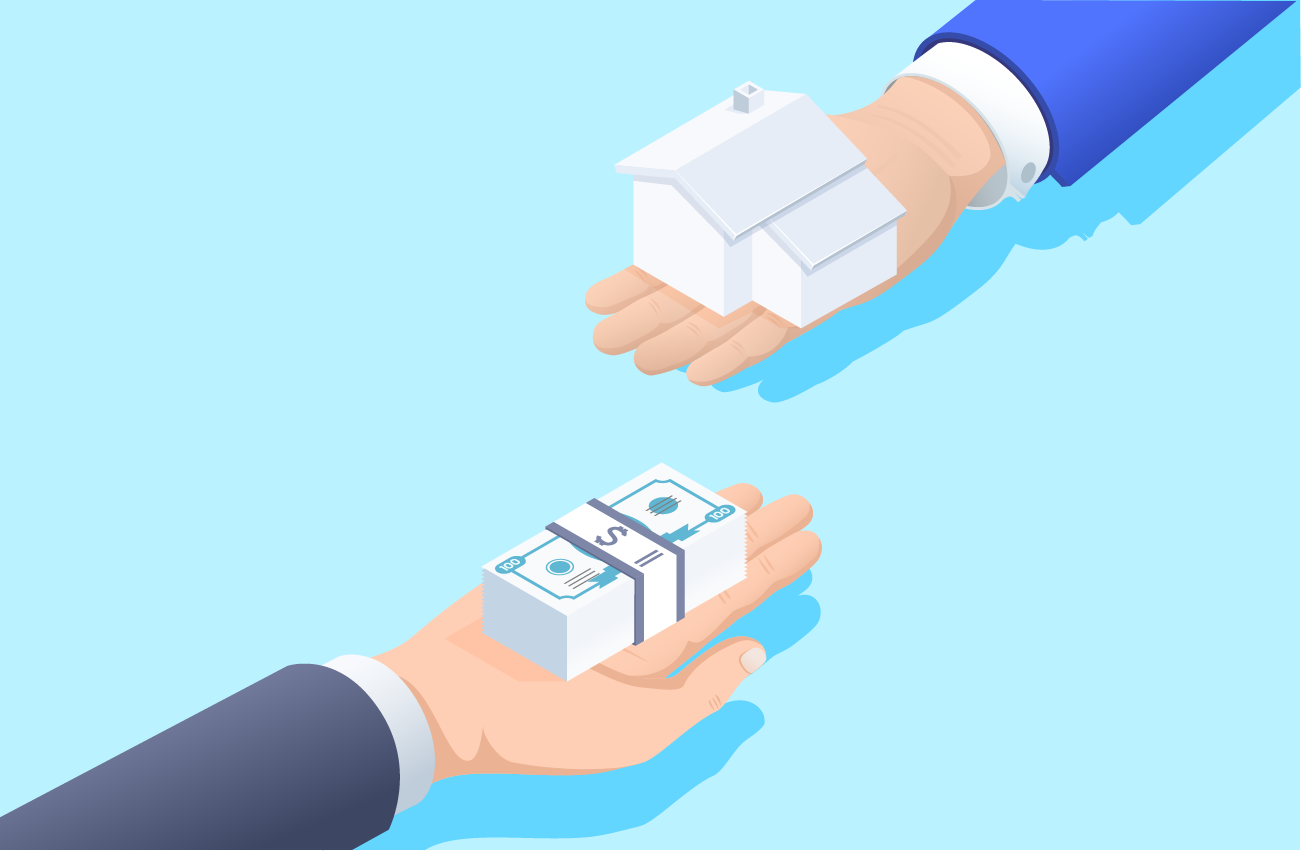
Applying additional payments at the beginning of your loan offers the greatest impact. This is the best time to get the most value from extra payments.
How does this work? The first few years of a loan are the most interest-heavy. It’s the time when a larger portion of your payments go toward the interest instead of the principal. During this period, interest is only reduced in small amounts. But over the years, especially toward the end of your loan, more of your monthly payment goes toward the principal. Likewise, monthly interest considerably decreases.
Unless you make extra payments, it will take longer for majority of your monthly payment to go toward the principal. Extra payments spill over to your principal balance. And the earlier you reduce the principal, the faster you will reduce interest charges. Ultimately, significant principal reduction cuts years off your mortgage term.
Extra payments count even after 5 or 7 years into the loan term. If the first few years have passed, it’s still better to keep making extra payments.

Another technique is to make mortgage payments every two weeks. This is called a biweekly payment plan. The idea is to divide your monthly payment in half and pay that amount every two weeks. For instance, if your monthly payment is $1,200, your biweekly payment will be $600.
On a regular monthly plan, borrowers only make 12 payments a year. Meanwhile, there are 52 weeks in a year. If you pay every 2 weeks, that’s 26 half payments. As a result, by the end of the year, you’ll pay an equivalent of 13 monthly payments. That’s one extra monthly payment a year.
In addition, if you use an accelerated biweekly payment plan, you can remove almost 5 years off a 30-year mortgage. The accelerated amount is slightly higher than half of the monthly payment. For instance, if your monthly payment is $1193.54, it’s biweekly counterpart is $550.86. The accelerated biweekly version will be higher at $596.77. To give you an idea, see the table below.
| Mortgage | Monthly Payment | Biweekly Payment | Accelerated Biweekly Payment |
|---|---|---|---|
| Payment amount | $1193.54 | $550.86 | $596.77 |
| Total Interest | $179,673 | $179,289.20 | $151,482.12 |
| Pay off time | 30 years | 29.9 years | 25.83 years |
Based on the example above, you will save around $28,190.88 in overall interest charges with an accelerated biweekly plan. Instead of 30 years, you can pay down your mortgage in 25.83 years. On the other hand, it will take 29.9 years to pay it off with a biweekly plan. This removes around a month in your loan term.
How do I arrange it? Talk to your loan servicer to setup biweekly payments. There are banks that can shift your monthly payment schedule into a biweekly payment plan. You can also automate payments (to make sure you won’t forget) every two weeks or make direct payments online. Many lenders set this up for free.

Avoid Processing Fees
Beware of third-party payment companies that charge as much as $300 or more to arrange biweekly payment plans. Large banks such as Wells Fargo setup biweekly payment plans for free.
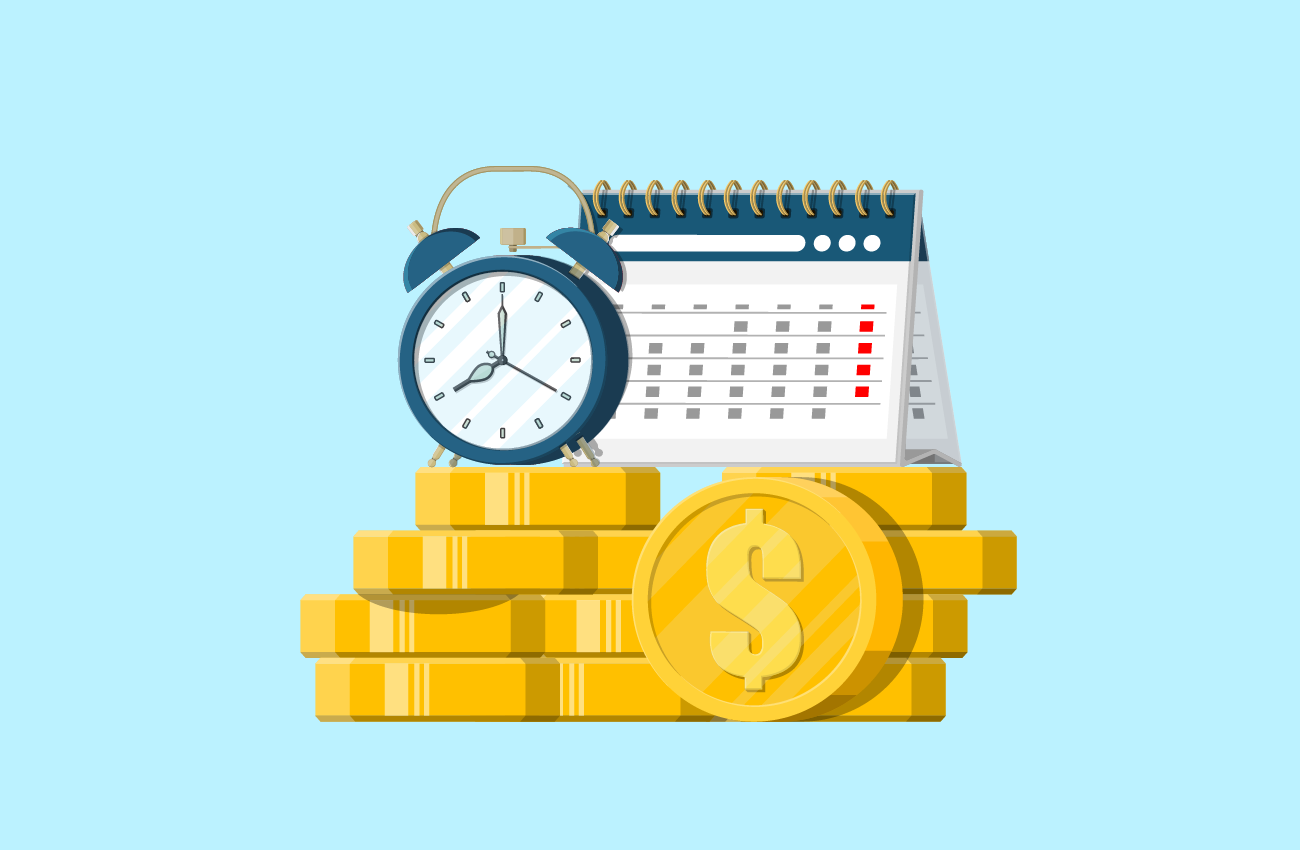
Biweekly plans too taxing for you? You can add an additional amount on top of your monthly payment. This strategy is convenient for homeowners who want to make one simple payment each month. Contact your lender to make sure the extra payment is applied to the principal rather than the interest.
For example, let’s suppose your monthly payment is $1,002.57. If you add $100, your monthly payment will be $1,102.57, with the extra amount going toward the principal. The table below shows how much time and interest you can save.
| Mortgage | Monthly Payment | Extra $50 | Extra $100 |
|---|---|---|---|
| Payment amount | $1,002.57 | $1,052.57 | $1,102.57 |
| Total interest | $150,925.96 | $135,946.77 | $122,080.26 |
| Pay off time | 30 years | 27.41 years | 25 years |
Based on the example above, if you add $50 to your monthly payment, you can pay down your loan in 27.41 years. This saves you a total of $14,978.19 in interest charges. Meanwhile, if you add $100 to your monthly payment, you can pay off your mortgage in 25 years. You’ll save $28,843.39 in overall interest costs.

When Paying a Little Extra Counts
The next time you pay your mortgage, make sure to add an extra amount. Even a little can go a long way. To estimate how much time and interest you can save, use our extra mortgage payment calculator

Recurring extra payments add up to reduce your principal balance. But if you have large funds, you can use it to decrease a considerable portion of your loan. In a year, you might receive lump sum payments in the form of an annual work bonus or a windfall from a business venture. You can put them to good use by paying down your mortgage. If you don’t have sources for large funds, you can budget for a lump sum payment every year.
Here are other sources of lump sum funds to pay your loan faster:
Allocating Large Funds for Essential Expenses When you get a large payment, don’t spend it all on discretionary purchases. Make it a habit to save for emergencies. Thus, it’s wiser to save for emergency funds and essential expenses. Likewise, allocate a portion for long-term debts such as a home loan.

Aside from making extra payments, mortgage refinancing is another strategy to shorten your term. But other than that, it can help you obtain lower interest rates. You can decrease your loan term and acquire a lower interest rate to pay your mortgage early. If you have a 30-year mortgage, you can refinance to a 15-year mortgage with reduced interest. Moreover, it allows you to shift from a fixed-rate mortgage to an adjustable-rate mortgage (ARM), and vice versa. But don’t forget: It should be done early enough into the loan term.
Here’s when it’s good to refinance from a 30-year to 15-year term:
Moreover, refinancing is taking out a new loan to replace your old one with more favorable terms. This means you need to go through all the credit checks and paper work. It requires a high qualifying credit score (at least 620-680), with the best rates going to consumers with 740 credit scores. On top of this, you must shoulder many fees, including inspection, recording fees, origination fees, and housing certifications.
Refinancing is not ideal under the following circumstances:

What’s the Ideal Interest Rate to Refinance?
Traditionally, rates must fall at least 2 percentage points before refinancing. The lower range ensures you pay significantly less interest to guarantee savings. Others refinance at just 1 percent. But it’s better to follow a conservative range.
According to the Federal Reserve Board (FRB), consumers normally spend around 3 to 6 percent of their outstanding mortgage balance on refinancing. This includes refinancing fees as well as prepayment penalty costs. That said, if you lack enough funds to shoulder the expenses, it’s probably better to refinance the following year.
Refinancing is expensive and takes time. That’s why it’s important to have enough funds and qualify with good credit rating. To justify the expensive cost, you must obtain a much lower interest rate with a refinanced loan. It’s a worthwhile deal if you get a low rate that allows you to break even within 24 months of the refinanced loan.

Consider More Flexible Terms
If you decide to refinance, consider working with a lender that offers more flexible terms. Traditional mortgages are limited to 15 and 30-year repayment schedules. There are lenders that can offer terms at 8 years or 20 years. You can try working with an independent mortgage broker who can help estimate a shorter term that you can comfortably afford.
Federal Housing Administration (FHA) loans help millions of Americans secure affordable homes. FHA loans are backed by the government to help consumers purchase houses with low down payments (3.5 percent of the loan). Loan rates are also typically competitive at the beginning of the term.
Conventional home loans only require property mortgage insurance (PMI) if the loan balance is above 80% of the home's value. As the homeowner pays down their loan the insurance requirement is dropped. FHA loans charge an annual mortgage insurance premium (MIP) which must be paid for the entire life of the loan. MIP is around 0.80 to 0.85 percent of the loan value. This premium cannot be canceled and must be paid yearly until the end of the mortgage.

Is There a Way to Eliminate PMI?
Yes. You can get rid of the PMI cost if you refinance from FHA to a conventional loan. To do so, you must raise your credit score to qualify for refinancing. At the very least, you should have a 620 credit score to obtain a conventional loan. But the higher your credit score, the more favorable rates you can get (aim for 700 and above). This helps lower your current interest rate once you shift to a conventional loan. But again, if you shorten your term to 15 years, be ready for higher monthly payments.
To learn more about when to refinance, read our feature on top reasons for refinancing.
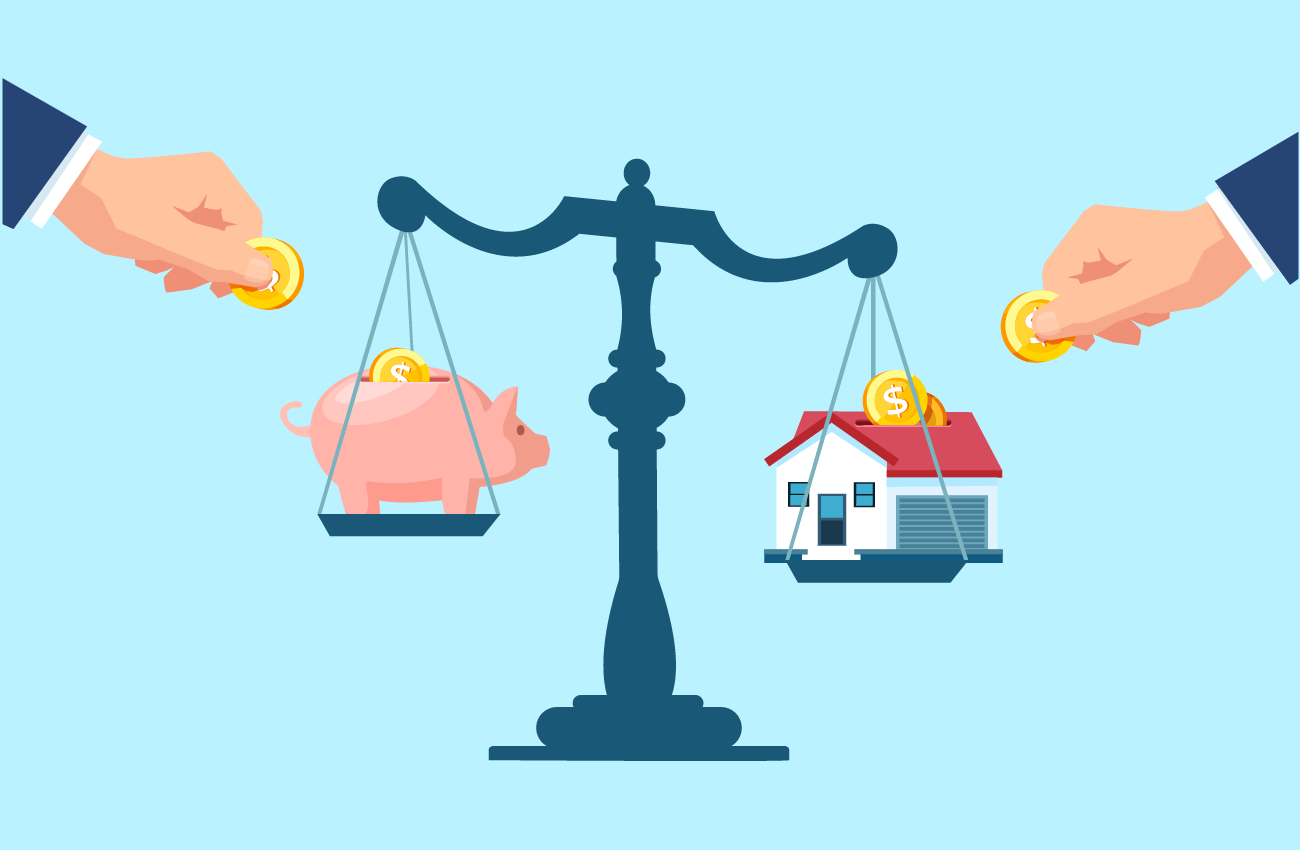
In some cases, if you make a large enough mortgage payment, your lender might offer to recast your loan. If you’re not aware of this, you may actually ask your lender for recasting.
Mortgage recasting is when you pay a large amount toward your principal balance, which is then reamortized to reflect the remaining balance. Basically, your lender recalculates the remaining balance into a new amortization schedule. You might want to consider recasting if you happen to have large funds from inheritance pay or a windfall from a side-business.
Under the law, only conforming conventional loans can be recasted. This excludes government-backed loans such as FHA loans, USDA loans, and VA loans. Majority of jumbo loans also do not qualify for recasting. To be eligible for recasting, you must have a pristine record of timely mortgage payments and enough lumps sum funds.
Homeowners usually recast their loan to reduce their monthly payment. Like refinancing, recasting decreases overall interest charges. However, it retains your original repayment schedule and interest rate. This means if you have 25 years left to pay, your monthly payment will be lower, but your loan term will still be 25 years. It does not actually shorten your payment term. But it’s worth it to have lower monthly payments.
To give you a better idea, here’s an example below. Let’s say you received an inheritance payment worth $200,000. If you happen to have a new loan worth $300,000, you can try recasting.
| Loan Details | Without Recasting | After Recasting |
|---|---|---|
| Principal amount | $300,000 | $100,000 |
| Term | 30-year fixed rate | 30-year fixed rate |
| Interest rate | 4% APR | 4% APR |
| Monthly payment | $1,432.25 | $477.42 |
| Total Interest | $215,607.18 | $71,867.97 |
Given the example above, after recasting, your principal balance is reduced to $100,000. It decreases your monthly payment from $1,432.25 to $477.42. That’s savings worth $954.83. Without recasting, you would spend $215,607.18 on overall interest. But after recasting, overall interest decreases to $71,867.97. You’ll save $143,739.21 on interest over the 30-year term. Again, the interest rate and payment term remains the same.
Higher Recasting Payment = Lower Monthly Payment
Lenders may recast your loan with $5,000, while others may require up to $10,000. Ideally, try to pay a higher sum to decrease your principal. This helps lower monthly payments which gives you room for more savings. As for processing fees, some lenders charge a fee ($250-$300) to recast a loan, but others do it for free.
While recasting does not necessary shorten your loan term, it loosens your cash flow enough to build savings. It can be helpful when you’re saving for emergency funds or retirement funds.
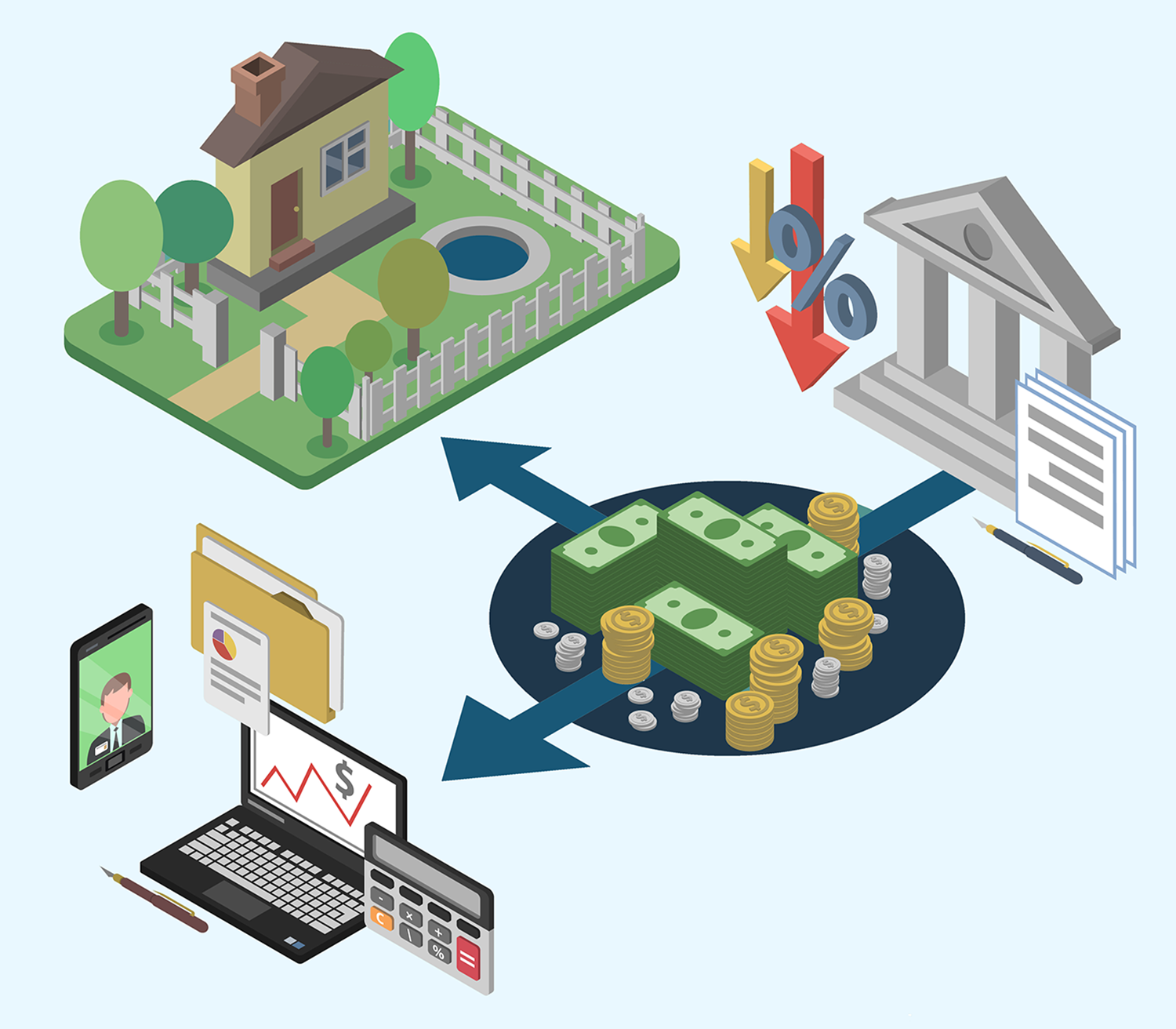
Paying off your mortgage early helps you save a lot on interest charges. It frees up your cash flow so you can prioritize other essential expenses and increase your savings.
You can employ different payment strategies to pay your loan early. Some of these methods include making extra payments each month or arranging biweekly payments. It also helps to make lump sum payments once a year to decrease your outstanding balance.
In addition, you may try refinancing if your credit score is high and rates are low enough to justify the cost. On the other hand, if you want to lower your monthly payments, you can opt for recasting. Though it won’t shorten your payment term, you’ll still save a lot on interest charges.

Before Sending Extra Payments, Don’t Forget!
It’s good to pay your loan early, but it’s not worth it if the penalty is too high. This defeats possible interest savings.
Explore conventional mortgages, FHA loans, USDA loans, and VA loans to find out which option is right for you.
Check your options with a trusted Fairfield lender.
Answer a few questions below and connect with a lender who can help you save today!